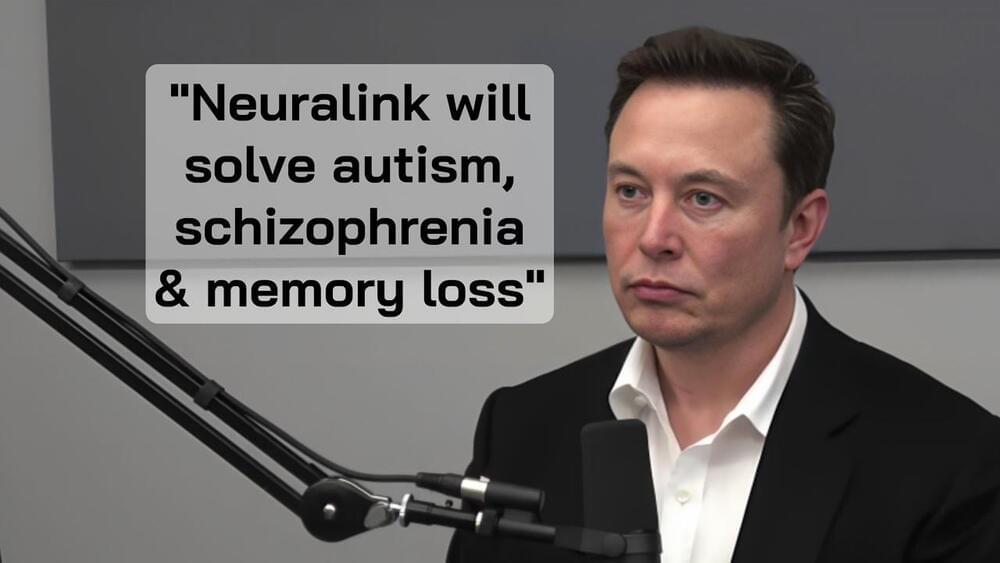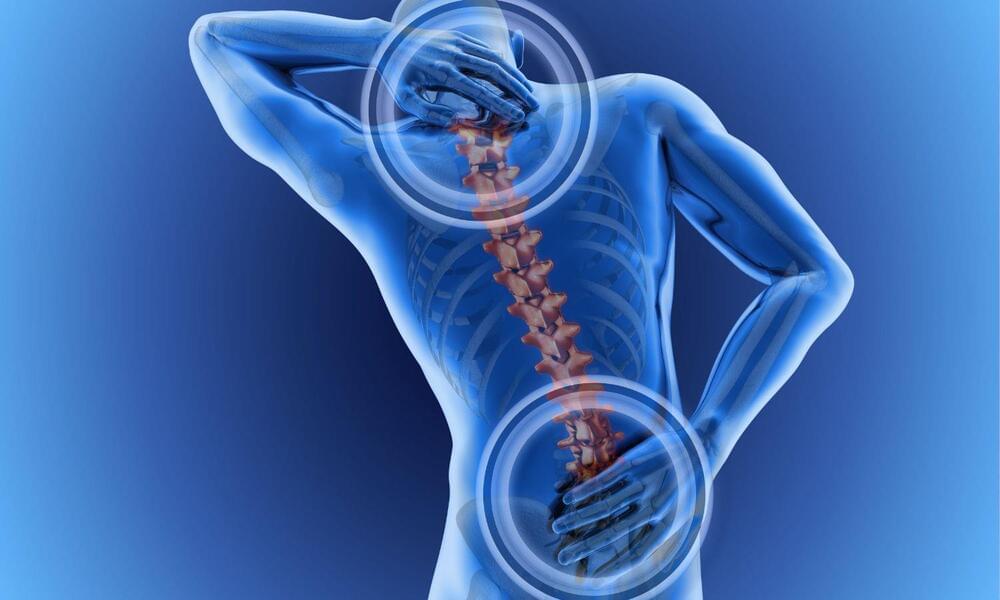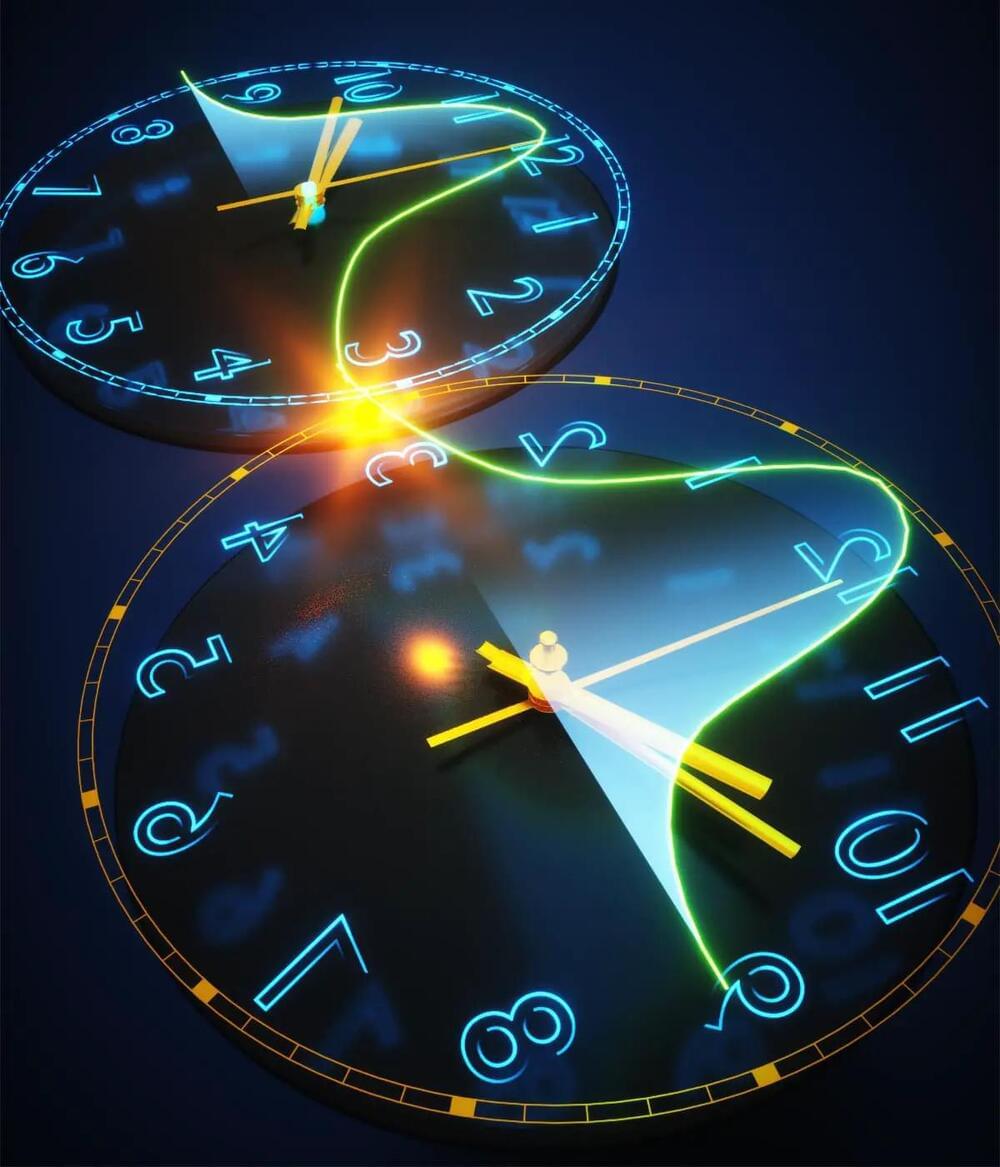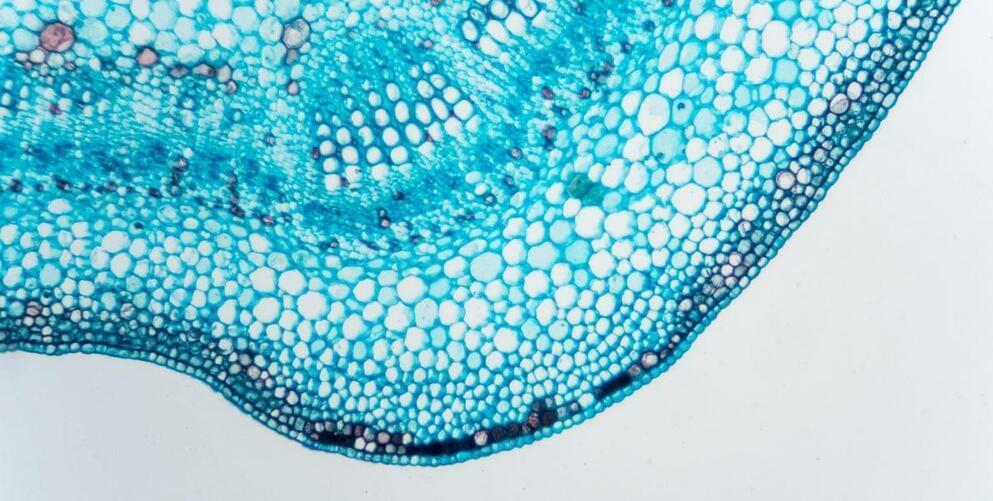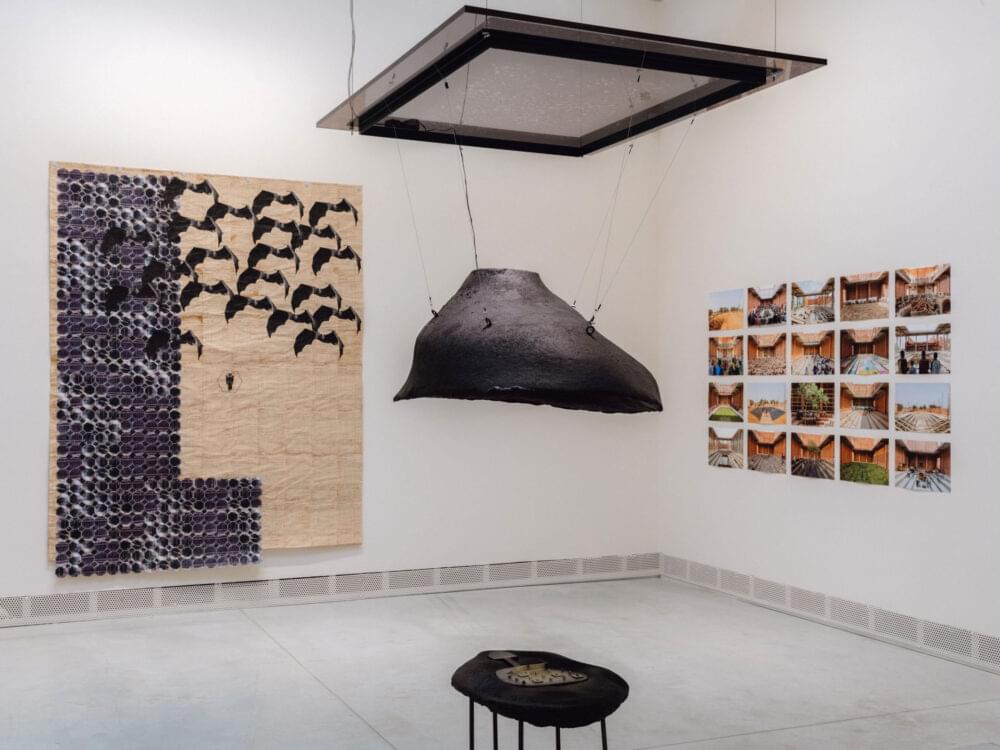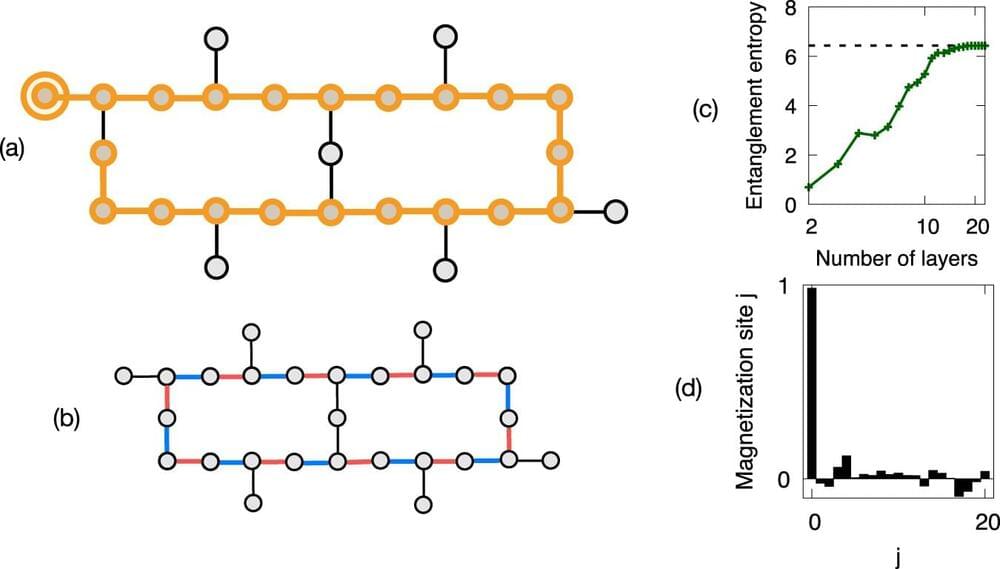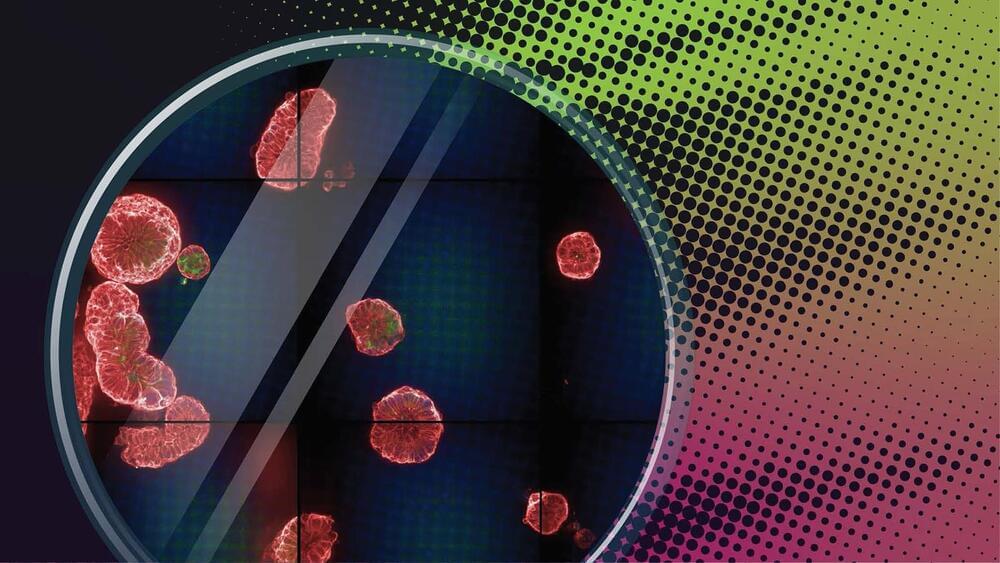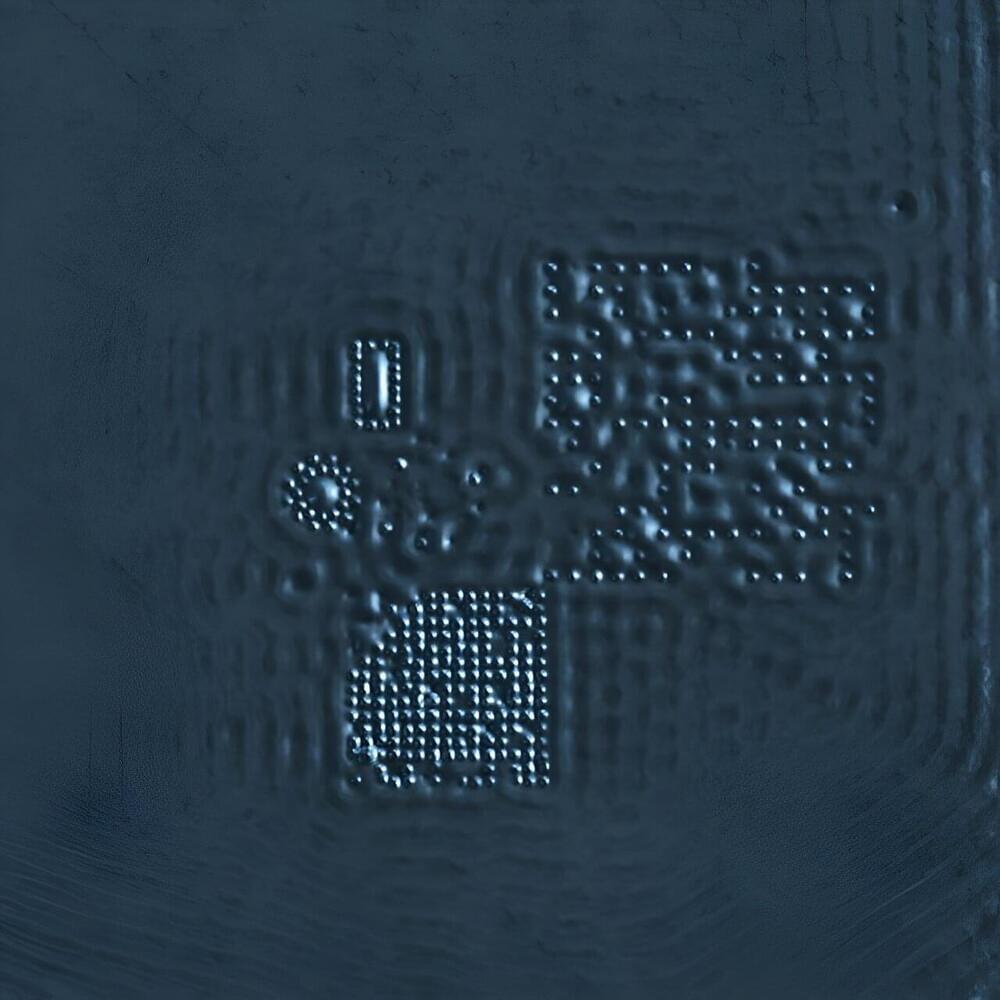Aug 17, 2023
Elon Musk on Neuralink: Solving Brain Diseases & Reducing the Risk of AI
Posted by Dan Breeden in categories: biotech/medical, Elon Musk, existential risks, genetics, robotics/AI, singularity
Elon Musk delves into the groundbreaking potential of Neuralink, a revolutionary venture aimed at interfacing with the human brain to tackle an array of brain-related disorders. Musk envisions a future where Neuralink’s advancements lead to the resolution of conditions like autism, schizophrenia, memory loss, and even spinal cord injuries.
Elon Musk discusses the transformative power of Neuralink, highlighting its role in restoring motor control after spinal cord injuries, revitalizing brain function post-stroke, and combating genetically or trauma-induced brain diseases. Musk’s compelling insights reveal how interfacing with neurons at an intricate level can pave the way for repairing and enhancing brain circuits using cutting-edge technology.
Continue reading “Elon Musk on Neuralink: Solving Brain Diseases & Reducing the Risk of AI” »
